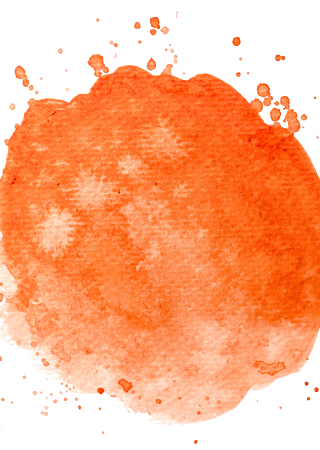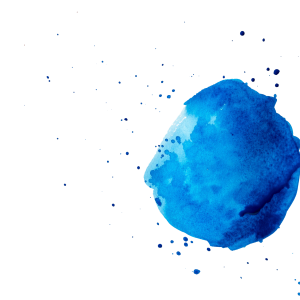Nontoxicprint | Health in the Arts

Welcome to our ongoing research project dedicated to promoting safer creative practices within the arts. Our mission is to explore, educate, and encourage the adoption of non-toxic methodologies in artistic processes, emphasizing healthier alternatives that do not compromise professional results.
What We Do
Nontoxicprint serves as a comprehensive resource that addresses key issues in safer artistic practices. While we do not claim to offer a definitive or complete guide, we strive to provide a broad overview of safer practices across various media. Our content is regularly updated to include the latest research findings, innovative solutions, and developments in the field. Buy college paper from EssayPro on topics like Nontoxicprint that Promoting Safer Practices in the Arts offers students resources to explore environmental health and safety in artistic production, advocating for non-toxic practices that benefit artists and the environment.

Our focus areas include:
Safer Printmaking Techniques: Moving away from traditional methods that use hazardous materials, we explore alternatives like paper making and silkscreen printing that prioritize health without sacrificing quality.
Chemical Alternatives in Art: We delve into safer substitutes for commonly used toxic chemicals in art, such as replacing traditional acid etching on metal with less harmful techniques, and discussing the use of d-limonene as a safer solvent.
Safer Painting Practices: Our research extends into painting, where we evaluate the toxicity of materials like acrylic paints and promote safer alternatives.
Health and Safety Equipment: We provide guidance on types of respirators and other protective gear that artists can use to safeguard against toxic exposure in their studios.
Our History
Launched as SafePrintmaking.com in 2003, our website began as an academic project aimed at disseminating new findings in nontoxic printmaking. Evolving over the years, it became an independent resource in 2006, with contributions from a diverse group of artists, scientists, and educators. In 2011, we expanded to include SafePainting.com, further broadening our scope to encompass safer practices in painting.

Why Choose Safer Practices?
The ethos driving our research is simple: Why manage dangerous toxic hazards when you can achieve professional results through safer, more mindful practices? Our aim is not just to innovate but to also preserve traditional artistic techniques by practicing them in a safer manner.
Collaboration and Contributions
Nontoxicprint is a collaborative forum where ideas and expert opinions are shared freely. Thanks to the invaluable contributions of our community members over the years, we have been able to push forward the discussion on non-toxic, innovative, and health-conscious practices in art.